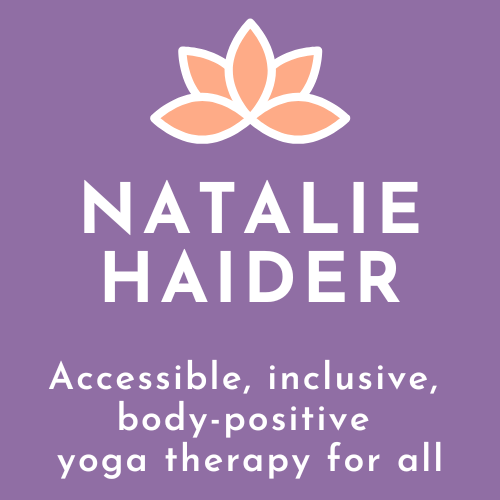What is yoga therapy & how is it different to yoga teaching?
I am regularly asked what yoga therapy is and how it differs from yoga teaching or yoga instructing.
Unlike with my other role as a Psychologist, yoga is not a regulated profession in Australia. However, peak industry bodies such as Yoga Australia (YA) set standards for membership in order to protect both the public and the tradition of yoga.
Yoga instructors are typically fitness industry professionals such as those who work in gyms, as personal trainers, or other movement and exercise roles. For example, an instructor might lead yoga classes at Fitness First after being trained in Les Mills ‘Body Balance’ practices.
You can register as a yoga teacher in Australia and many parts of the world after completing a 200-hour course. To become a member with an industry body, there are specific standards; with YA you need to complete a minimum of 350-hours.
As well as having a different focus, additional training and experience is required to qualify as a yoga therapist. For example, YA requires completion of a minimum of 350-hours of yoga teacher training before qualifying for entry to a yoga therapy course. Then, the yoga therapy course must be 650+ hours over 2+ years. In total, a yoga therapist has completed 1000+ hours of training, and 2+ years and 300+ hours of regular yoga teaching. Check out these in-depth YA yoga therapy educational standards.
I’m also a registered member with the International Association of Yoga Therapists (IAYT), and that application process was a whole additional process which I’ll write about another time!
Here’s a snippet from IAYT about what yoga therapists do and how we help
“although all yoga is potentially therapeutic and healing, yoga therapy is the specific application of yogic tools—postures/exercises, breathwork, meditation techniques, and more—to address an individual’s physical, mental, and emotional needs.
We work with you, individually or in a group, to address specific goals while considering any limitations you might be experiencing. The practices your yoga therapist recommends could include:
- Movement ranging from gentle to vigorous
- Breathing techniques
- Meditation or visualisation practices
- Physical postures that address specific areas of discomfort or musculoskeletal imbalances
Any combination of tools like these!”
There is growing evidence through meta-analyses and systematic reviews on yoga as a therapeutic practice for:
Chronic pain
Mental health
Neurological issues and complications of stroke, multiple sclerosis (MS), Parkinson’s disease, and traumatic brain injury (TBI)
Support for illnesses such as cancer
Overall well-being and healthy ageing
Let me know if you have a question about this post, because yoga in general is such a murky field!
I’d also love to know if you have experienced the therapeutic effects of yoga?

